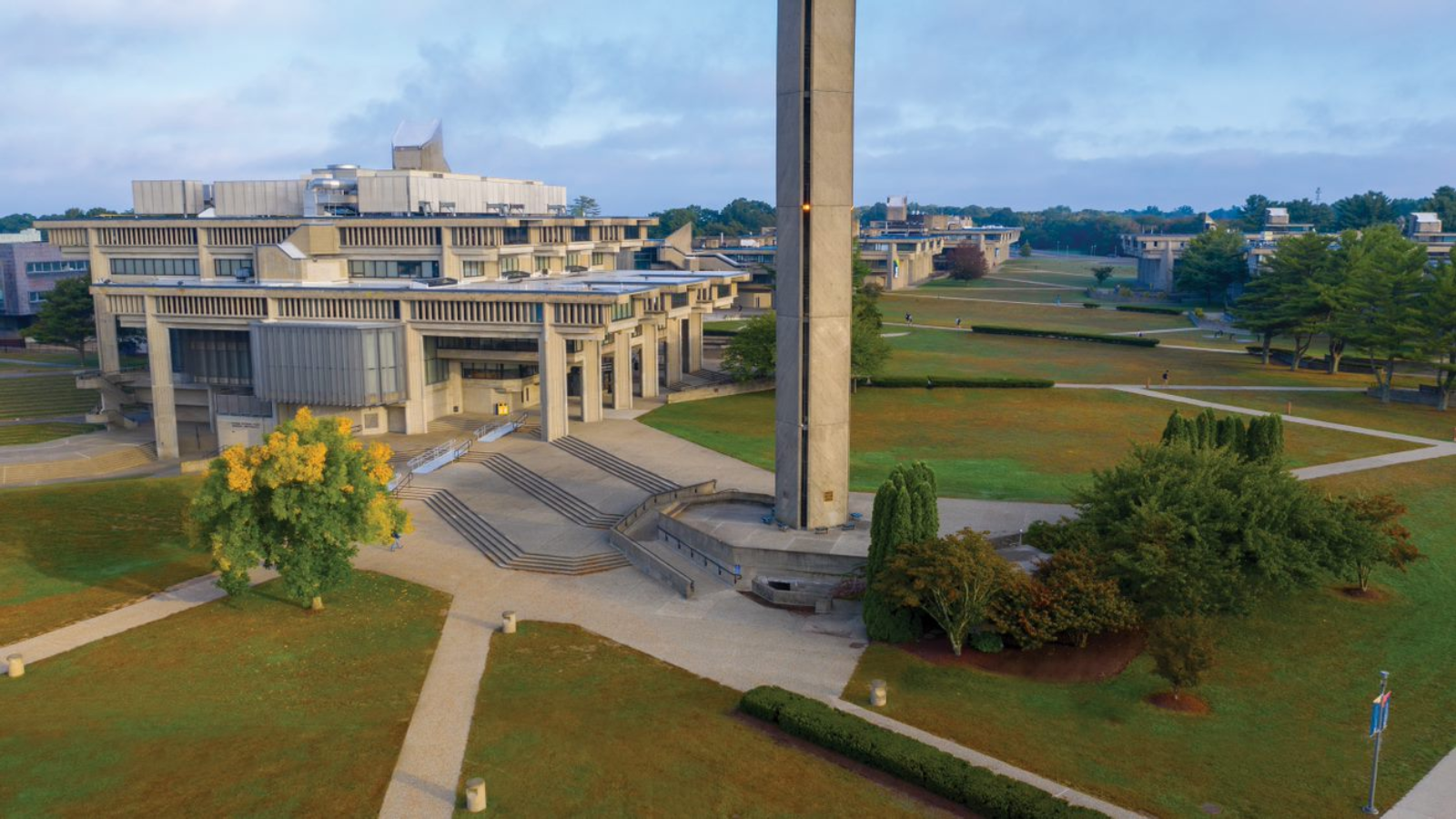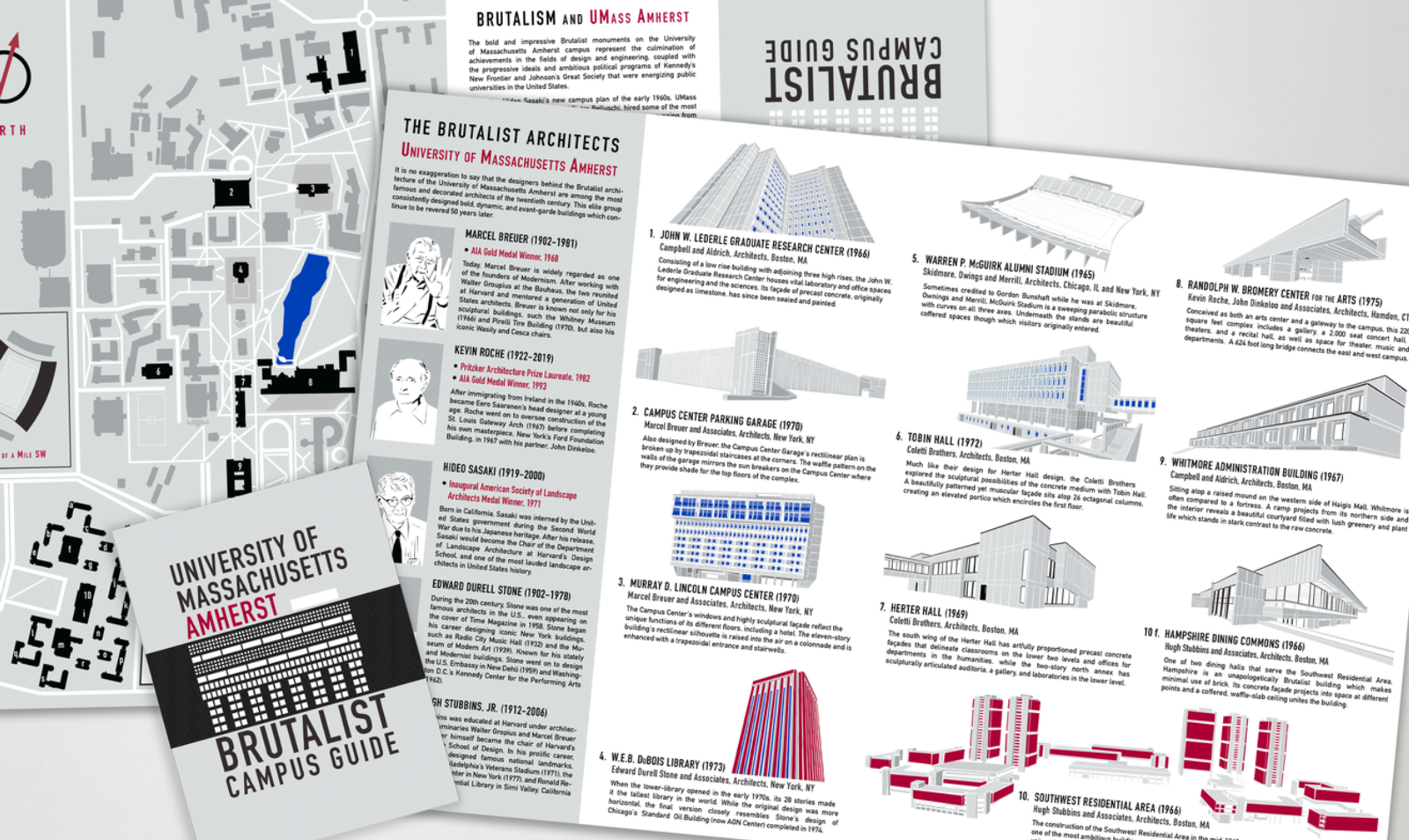Awards
Documentation
Award of Excellence
An Inventory/Survey Award of Excellence is given to UMassBRUT, a multidisciplinary campaign led by a faculty, students, staff, and administrators from the University of Massachusetts Amherst and the University of Massachusetts Dartmouth that is diligently reshaping perceptions of Brutalist architecture. By spreading awareness among the campuses and local communities about the value and history of the iconic buildings that fill these environments, the campaign is building support for their conservation and renovation. In the 1960s and 1970s, international luminaries such as Kevin Roche, Marcel Breuer, Edward Durrell Stone, Paul Rudolph, and Hugh Stubbins, among others, created powerful forms that expressed the progressive idealism of the era, while simultaneously serving the functional needs of the public universities. Faced with widespread misunderstanding of these buildings, UMassBRUT undertook a variety of initiatives to promote awareness and affection for the schools’ Brutalist legacies, including creating a website and Instagram page, hosting virtual and in-person tours and lectures, organizing a two-day Symposium, and the creation of a printed and virtual guide to the Amherst campus. UMassBRUT is working to ensure that these structures will be fully appreciated by generations of students and community members to come.
"This effort is an exemplary and responsible stewardship of a massive educational site. We know the rhetoric they are dealing with – Brutalism is ugly – but they leaned into it and made a case for why it is important. It elevates Brutalism to a new height where it can be recognized for its contribution to 20th century architecture.”
University of Massachusetts Amherst and University of Massachusetts Dartmouth
Rose Mary Botti-Salitsky, PhD, Associate Professor of Interior Architecture and Design, UMass Dartmouth; Allison Cywin, Librarian, UMass Dartmouth; Anna Dempsey, PhD, Professor, Art History Professor, UMass Dartmouth; Marla Miller, PhD, Public History Professor, UMass Amherst; Stephanie McGoldrick, Lecturer of Interior Architecture and Design, UMass Dartmouth; Lincoln Nemetz-Carlson, PhD, Graduate Researcher, UMass Amherst; Ludmilla Pavlova-Gillham, Senior Campus Planner, UMass Amherst; Timothy Rohan, PhD, Art History Professor, UMass Amherst; Shelby Schrank, Intern Architect/Project Designer, Mills + Schnoering Architects & UMass Amherst Alumna; Richard Yeager, Director of Campus Planning, UMass Amherst
Location
University of Massachusetts Dartmouth
285 Old Westport RoadNorth Dartmouth, MA, 02727

Case Study House No. 21
Lorem ipsum dolor
Designer(s)
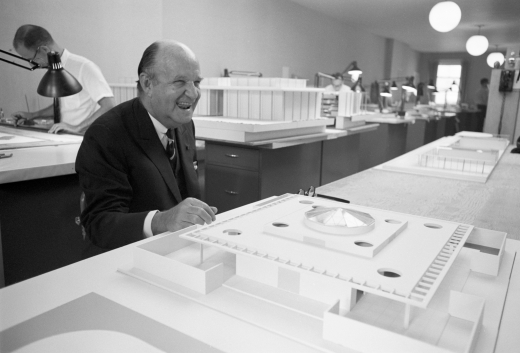
Edward Durell Stone
Architect
Nationality
American
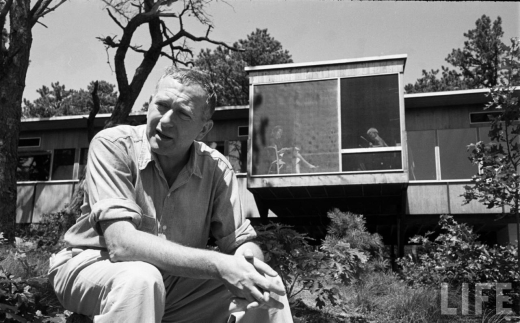
Marcel Breuer
Architect
Nationality
American, Hungarian
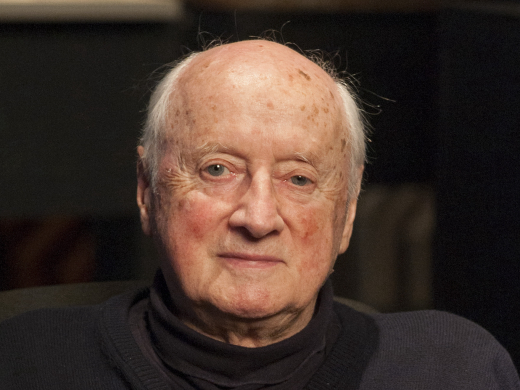
Kevin Roche
Architect
Nationality
American
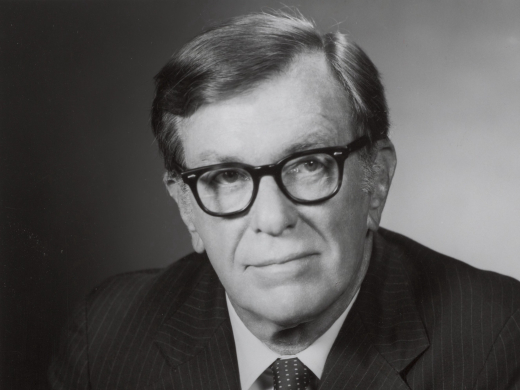
Hugh Stubbins

Paul Rudolph
Architect
Paul M. Rudolph (1918-1997) was born a minister’s son in Elkton, Kentucky.
Inspired by architecture at an early age, Rudolph studied architecture as an undergraduate at Alabama Polytechnic (now Auburn University), and after a brief period in the Navy during WWII, he successfully completed graduate studies at Harvard under Bauhaus founder Walter Gropius.
Rudolph was a pioneering architect in Sarasota, Florida, a major figure of the ‘Sarasota School of Architecture,' which gained international attention for innovative solutions to the modern American home.
He was Dean of the Yale School of Architecture from 1958-1965, during which his best known work, the Yale Art & Architecture Building, was completed and became both a Modernist icon and a topic of controversy.
After his tenure at Yale, Rudolph continued during the next 30 years to create some of Modernism's most unique and powerful architecture.
Despite the wane in Rudolph’s popularity during the dominance of Post-Modernism in the late 70’s and 80’s, his work and legacy has had a profound impact on the architecture of our era.
Rudolph, who is today considered one of America’s great Late Modernist architects, was an inspirational mentor to those whom he taught. His former students include some of architecture’s most internationally respected architects such as Norman Foster, Richard Rogers, and Robert A.M. Stern, among many others.
Nationality
American

